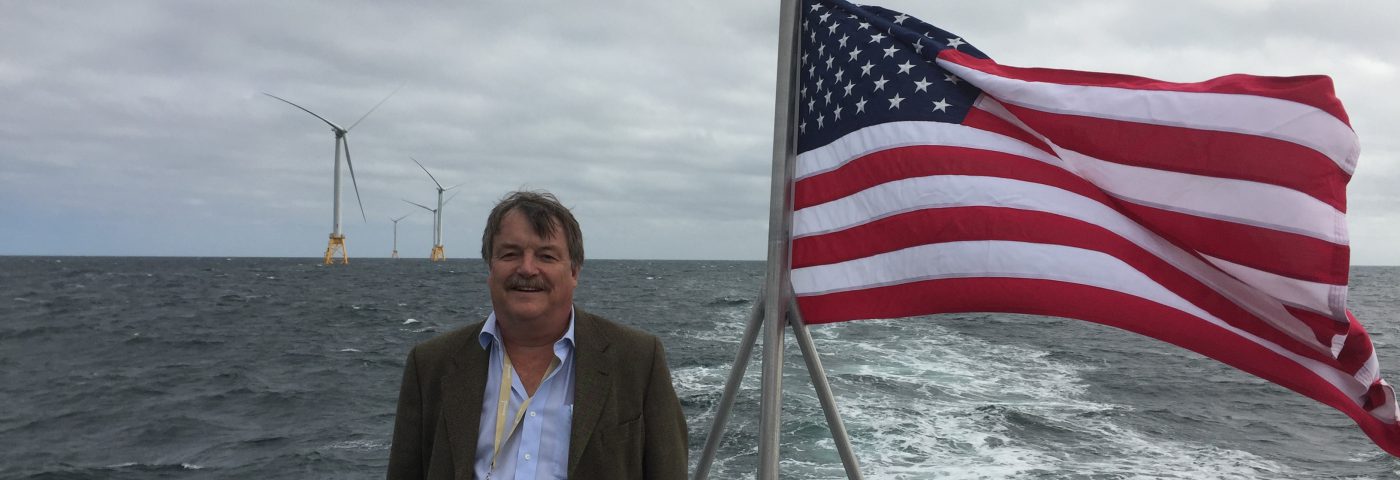Guest post: Tony Hodgson from Fugro
As Oceanology International celebrates its 50th anniversary in March, it is a good time for me to reflect on my own 20 years of working in offshore wind and look forward with excitement to the industry’s future.
The UK agreed an offshore wind sector deal in 2019. A total of 30 GW of capacity is expected in the UK by 2030, and the new government has committed to raise this to 40 GW by 2030 in support of the UK’s ambition of net zero carbon emissions by 2050. There are many new projects in Europe, and significant developments in the US and APAC have marked the globalisation of offshore wind.
I’m fortunate to have witnessed the expansion of the offshore wind sector, which is now a significant part of Fugro’s global business and is growing year on year. At Oceanology International this year, many of the exhibitors and attendees will come from the renewables sector and it is great to see how the offshore business has transformed since the early days when Oceanology International was held in Brighton.
Fugro has been directly involved with 95 % of the offshore wind projects developed in Europe, and we’ve worked on more than 130 projects globally. Offshore wind development is expected to carry on growing at a steady rate over the next 30 years, from current levels of around 24 GW to an estimated 521 GW by 2050.
In the late 1990s, we installed the 500 KW turbines at the Bokstigen wind farm in Sweden and performed the site investigation for the Blyth demonstration project in the UK, which only comprised two turbines. It’s incredible to see how the industry has scaled up and moved on so quickly. Full project life cycles from feasibility to decommissioning have already been completed and, in 2019, we successfully decommissioned the same Blyth project.
The rapid drop in the levelised cost of energy (LCOE) from offshore wind has created supply chain challenges. Nonetheless, these challenges can be overcome through technical innovations in the way we work, capture data, and analyse and advise our clients. Fugro has established R & D programmes in the last couple of years that have significantly reduced offshore wind foundation costs through enhanced design methods. We are also developing solutions based on cloud technology to speed up the delivery of data to clients by shortening reporting schedules, thus assisting our clients to reduce their programme to first power delivery.
At the same time, Fugro has lowered health, safety, environment and environmental (HSSE) risk exposure by implementing remote operations and automation, which creates a safer working environment for everyone, and also optimises operational costs and accelerates project schedules. These improvements benefit the offshore wind sector greatly and will only increase in the future.
Tony Hodgson
Regional Offshore Wind Strategic Sales Manager, Europe and Africa
Join Fugro and all the ocean tech community in March at Oceanology International 2020 to discover the latest innovations in offshore wind and all other sectors of the industry. Find out more and register for free today.


